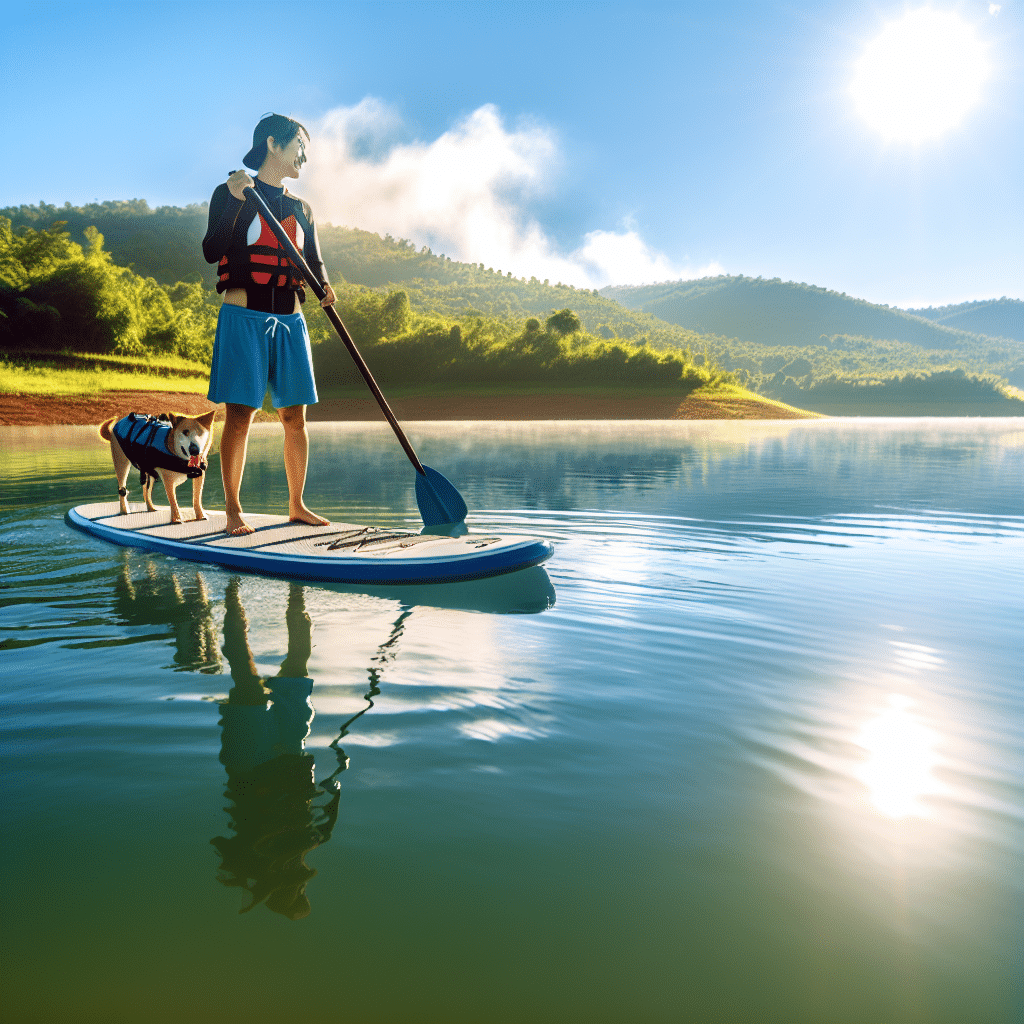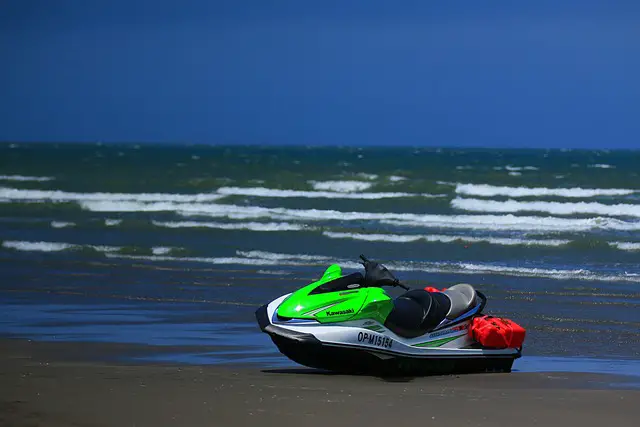Stand up paddleboarding (SUP) has surged in popularity over recent years, offering a fantastic way to enjoy the water and stay fit. But have you ever thought about sharing this joyful activity with your furry friend? Taking your dog along for a paddleboarding adventure can be incredibly rewarding for both of you, but it does require some preparation and training. In this article, we’ll delve into how to take a dog stand up paddleboarding, ensuring a safe and enjoyable experience for everyone involved.
Why Should You Take Your Dog Stand Up Paddleboarding?
Paddleboarding isn’t just good exercise for you; it’s also a great way for your dog to get some mental stimulation and physical activity. Dogs enjoy exploring new environments, and the water presents a unique setting that is different from your regular walks or hikes. Plus, sharing an experience like this strengthens the bond between you and your pet.
Preparation: What Do You Need?
Gear for You
Before you even think about taking your dog onto the water, you need to make sure you have the right gear. This includes a sturdy paddleboard, a paddle, a personal flotation device (PFD) for yourself, and a leash.
Gear for Your Dog
Your dog will also need some essential items:
1. **Dog PFD**: Even if your dog is a good swimmer, a dog-specific life jacket is crucial for safety.
2. **Paw Protection**: The grip on a paddleboard can be harsh on your dog’s paws. Consider using dog booties for added comfort.
3. **Non-Slip Mat**: A non-slip mat can provide better traction for your dog, making it easier for them to stay balanced on the board.
Training Equipment
Prepare treats and toys to facilitate training sessions. Having a waterproof bag can also help keep essentials dry.
Training: How to Take a Dog Stand Up Paddleboarding
Step 1: Acclimatization
Introduce your dog to the paddleboard on dry land first. Allow them to sniff and explore the board. Reward them with treats to create a positive association.
Step 2: Basic Commands
Ensure that your dog knows basic commands like “sit,” “stay,” and “come.” These will be essential when you’re out on the water.
Step 3: Standing on the Board
Encourage your dog to stand or sit on the board while it’s still on dry land. Praise and reward them for staying calm and balanced.
Step 4: Introduce Water Gradually
Bring the paddleboard to shallow water. Let your dog get used to the sensation of being on the board in the water. Initially, keep these sessions short and gradually increase the duration as your dog’s confidence grows.
The First Paddleboarding Experience
Choose a Calm Spot
Select a calm, shallow area for your first paddleboarding experience with your dog. Lakes or slow-moving rivers are excellent choices, as they offer a more controlled environment compared to the open ocean.
Practice Mounting and Dismounting
Practice getting on and off the paddleboard with your dog several times. This will teach your dog to be comfortable with the process and reduce anxiety.
Start Slow
Begin paddling slowly while keeping a close eye on your dog. Offer lots of praise and treats to make the experience as positive as possible.
Safety First
Never tie your dog to the paddleboard, and always keep an eye on them. Even with a PFD, your dog can get tired or anxious. Be prepared to head back if your dog shows signs of stress.
Advanced Tips for Paddleboarding with Your Dog
Balance and Positioning
Find a suitable position for your dog on the paddleboard. Larger dogs usually stay seated or lying down in the middle, while smaller dogs might prefer the front.
Dealing with Distractions
On the water, you’ll encounter various distractions like other paddlers, boats, or wildlife. Training your dog to focus on you and stay calm is crucial.
Hydration and Sun Protection
Ensure you carry enough water for both you and your dog. Don’t forget to apply pet-safe sunblock on areas with less fur, like the nose and ears, to prevent sunburn.
Common Challenges and How to Overcome Them
Fear of Water
If your dog is afraid of water, start with short trips and gradually expose them to more water-based activities. Patience and positive reinforcement go a long way.
Restlessness
If your dog tends to move around a lot, consider using a command like “sit” or “stay” to keep them settled. You can also bring along a favorite toy to keep them occupied.
Overexcitement
Overexcited dogs can be a challenge to manage. Practice calming techniques on land first and use commands to control their excitement.
Conclusion
Taking a dog stand up paddleboarding can be an exhilarating and bonding experience if done correctly. Preparation, training, and safety precautions are essential for making the adventure enjoyable for both you and your furry friend. So, get the right gear, spend time training your dog, and choose your paddleboarding locations wisely. With patience and practice, you’ll soon be gliding across the water with your canine companion by your side. Happy paddling!




